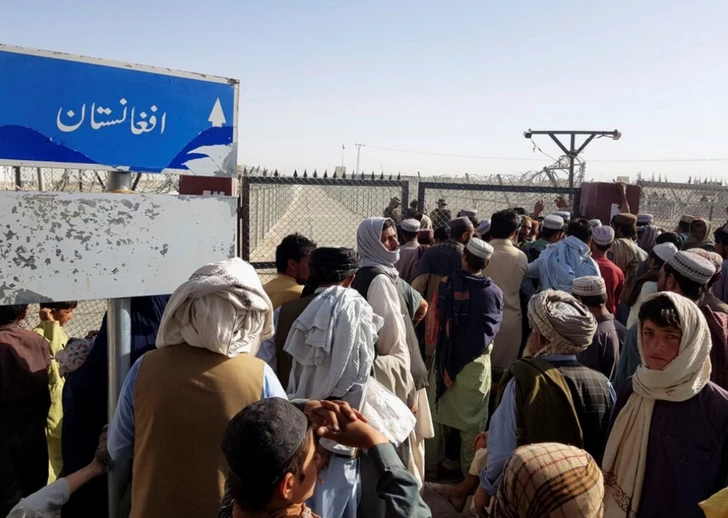In a country that constantly speaks the language of modernity and development, there are certain trends that simply don’t fit. Micromobility—once hailed as a symbol of progress—has become one such misfit in Baku.
Despite new traffic lanes, digital traffic lights, and supposed urban planning, something remains fundamentally broken. The capital’s roads are now a dangerous arena where motorcycles, mopeds, scooters, and bicycles dart between cars, pedestrians, and one another—often ignoring every traffic law.
The Ministry of Internal Affairs recently released a chilling video compilation showing what’s at stake: riders crashing at intersections, running red lights, flying through the air upon impact, and dragging pedestrians into their reckless spiral. The footage is a brutal reminder: these vehicles offer no protection—no seatbelts, no airbags, only flesh against asphalt. And when the inevitable happens, it often results in permanent injury or death.
Many of these drivers do not wear helmets, let alone full protective gear. And in Azerbaijan’s context, traffic rules appear to be optional for many. Reckless driving, including “wheelies” in the dead of night, has become disturbingly common. On pedestrian sidewalks, scooters zip past elderly walkers and parents with strollers as if the pavement were a racetrack.
But the problem doesn’t end there—it’s compounded by a dangerous narrative: if someone is a courier or taxi driver, society seems to forgive them for breaking the law. “They’re poor. Let them earn a living,” goes the refrain in countless online comment sections. “Ask why he became a courier in the first place,” others add. Some even lash out, blaming critics for targeting the working class.
Let’s be clear: poverty should never be criminalized—but nor should it be a shield for lawlessness. The streets are not just for the poor or the rich—they’re for everyone, including the nurse heading to her shift, the child walking to school, the pensioner running errands. Everyone deserves safety.
And safety is far from guaranteed. Just recently, a 14-year-old riding a scooter near Icherisheher metro station hit a woman, causing facial injuries and breaking her teeth. Incidents like this are no longer rare—they’re routine.
To put this in global perspective: in 2023, over 6,300 motorcyclists died in the U.S.—the highest number since 1997. In Togo, motorcycle-related deaths account for a staggering 72% of all road fatalities. No matter how rich or poor the country, two-wheelers are among the deadliest forms of transport. One mistake is often your last.
So what do we do? Ban the vehicles? That would spark uproar. Increase fines and police oversight? That too would be called persecution of the working class. Try to educate the public? It hasn’t worked—many riders don’t believe they could be next.
And yet, every day, new accidents happen. Every day, someone crashes or kills or gets killed. When held accountable, some shrug and say, “I have no money—do what you want.”
It’s time for the government to make a choice: will micromobility continue unchecked, endangering lives under the illusion of convenience and economic necessity? Or will real reform—enforcement, infrastructure, and education—finally take hold?
Because no matter how modern the vehicle, chaos on wheels is no sign of progress. It’s a sign of neglect.




